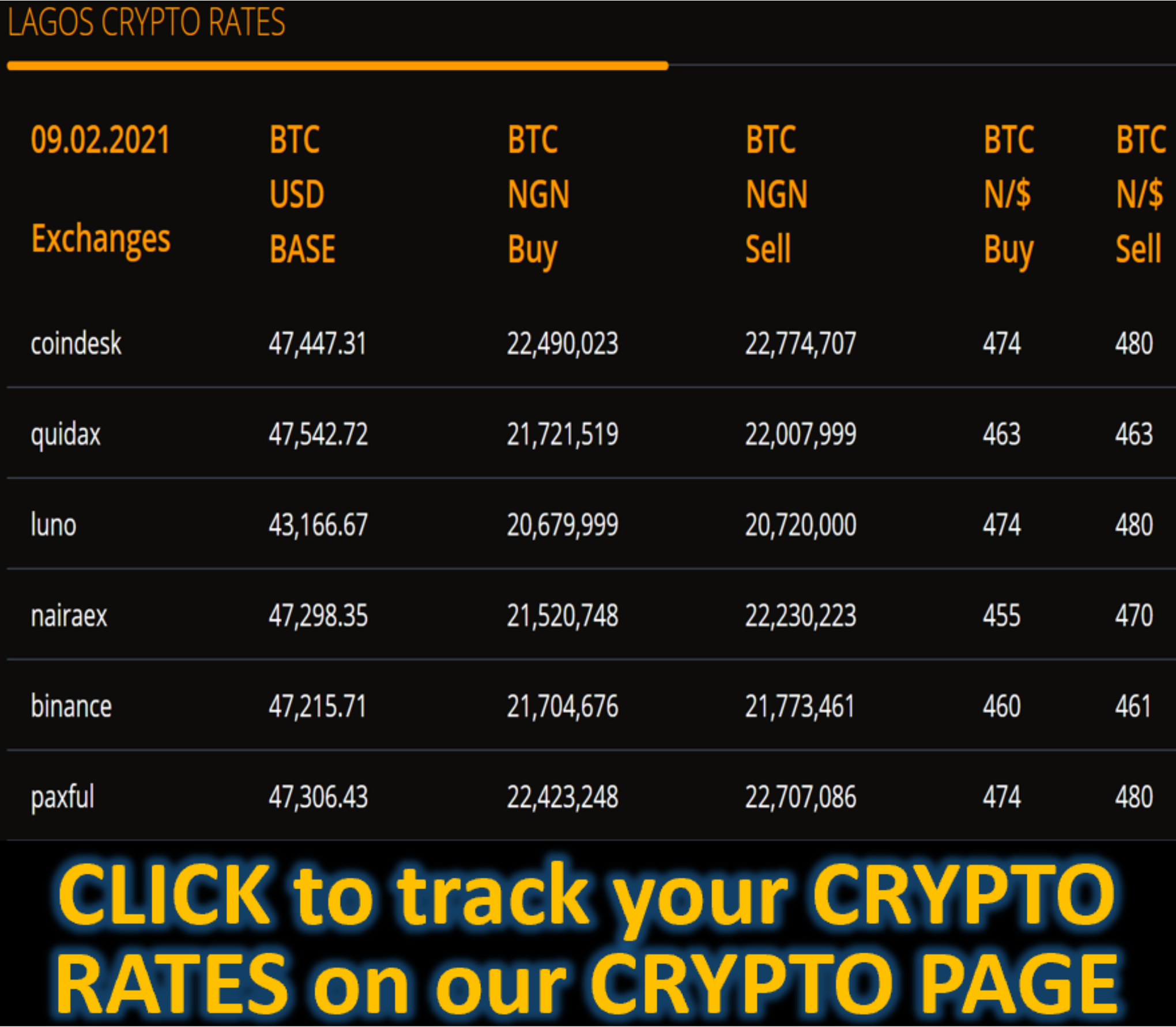Market News
Market Fragility Tests Options Traders as Volatility Abates - BLOOMBERG
(Bloomberg) -- The stock market isn’t particularly volatile. Still, it’s fragile.
A spike and quick reversal in volatility gauges on fairly benign S&P 500 Index moves over the past two weeks has renewed discussion about market fragility, with long periods of calm being broken up by sudden oversized swings.
The latest example came on Oct. 16, when the Cboe Volatility Index surged to a six-month high as the S&P 500 dropped just 0.6% on concern about loan losses at regional banks. The VIX move relative to that of the benchmark index was more extreme than during the vol spike of August 2024, the Volmageddon episode in February 2018 and the aftermath of the Lehman Brothers failure in 2008, according to UBS Group AG strategists.

By Oct. 17, the VIX was back down to its level from days earlier, before US President Donald Trump started to upset markets with threats to impose higher tariffs on China.
UBS strategists including Kieran Diamond highlighted that S&P 500 option market makers on Oct. 16 became shorter volatility as the market fell, which could have exacerbated the VIX jump as those positions were covered. Furthermore, dealers were probably short VIX calls and the hedging of those positions added to the spike.

To Bank of America Corp. strategists, the jump that day had more the hallmarks of a technically driven move, they wrote in a report. VIX exchange-traded products probably didn’t contribute so much because investors cashed in their gains while market makers covered their shorts. In a 10-point increase in front-month VIX futures, only about 17% of long holders of volatility securities would need to sell in order to offset the dealer rebalancing, the strategists noted.
The pattern of calm interrupted by volatility spikes also underscores a push-pull in the market exacerbated by the massive growth of ETPs. On the one side are funds that sell options to overwrite stocks and collect premium, helping keep a lid on volatility. On the other are leveraged exchange-traded funds that trade swaps to deliver promised returns on the S&P 500 and Nasdaq 100 Index or, more recently, stocks with some of the biggest impact on the indexes.
“When I think about the VIX spike and the broader liquidity stress tied to leveraged products, what concerns me most is the potential for negative feedback loops driven by rebalancing in 2x and 3x ETFs,” said Garrett DeSimone, head quant at OptionMetrics, referring to the Oct. 16 jump in the volatility gauge.
Leveraged equity ETFs have become a talking point, especially when it comes to single stocks such as Nvidia Corp. and Tesla Inc., some of retail investors’ favorites. The debate has been centered on the market impact from the daily rebalancing of the funds, which typically happens around the close, especially in high volatility environments when liquidity thins.

The global market for leveraged ETFs is worth around $160 billion in notional value, with the top 10 stocks accounting for about 65% of it, according to Antoine Porcheret, head of institutional structuring for the UK, Europe, the Middle East and Africa at Citigroup Inc. On big moves, the shares some single-stock funds buy or sell could add up to 100% or even 200% of the usual market-on-close volume, “which is clearly going to impact price,” he said. He added that banks, the ultimate counterparties to trades via swaps with the ETF providers, face around $300 billion in equities risk on leveraged funds.
But that’s not the only peril lenders are vulnerable to. There’s also the so-called gap risk from facilitating these trades: For example, if a company were to declare bankruptcy, the stock price could in theory approach zero, leading to a 100% loss for a 2x leveraged ETF. In that scenario, the hedge held by banks would effectively be down twice as much.

Banks typically offset this gap risk, sometimes by selling a mix of exotic and vanilla derivatives to institutional clients. It also doesn’t represent an ongoing balance-sheet risk, unlike during past crises, when lenders had significant strike-less exposure from derivatives such as variance swaps.
The risk is more akin to a one-day vulnerability. In the current market regime, characterized by long periods of calm with flash crashes that reverse quickly, some players could get burned.
“I see a few channels for contagion risk,” DeSimone said. “Leveraged ETFs now manage substantial AUM, much of it concentrated in the tech sector, which itself represents a significant share of the S&P 500.”









